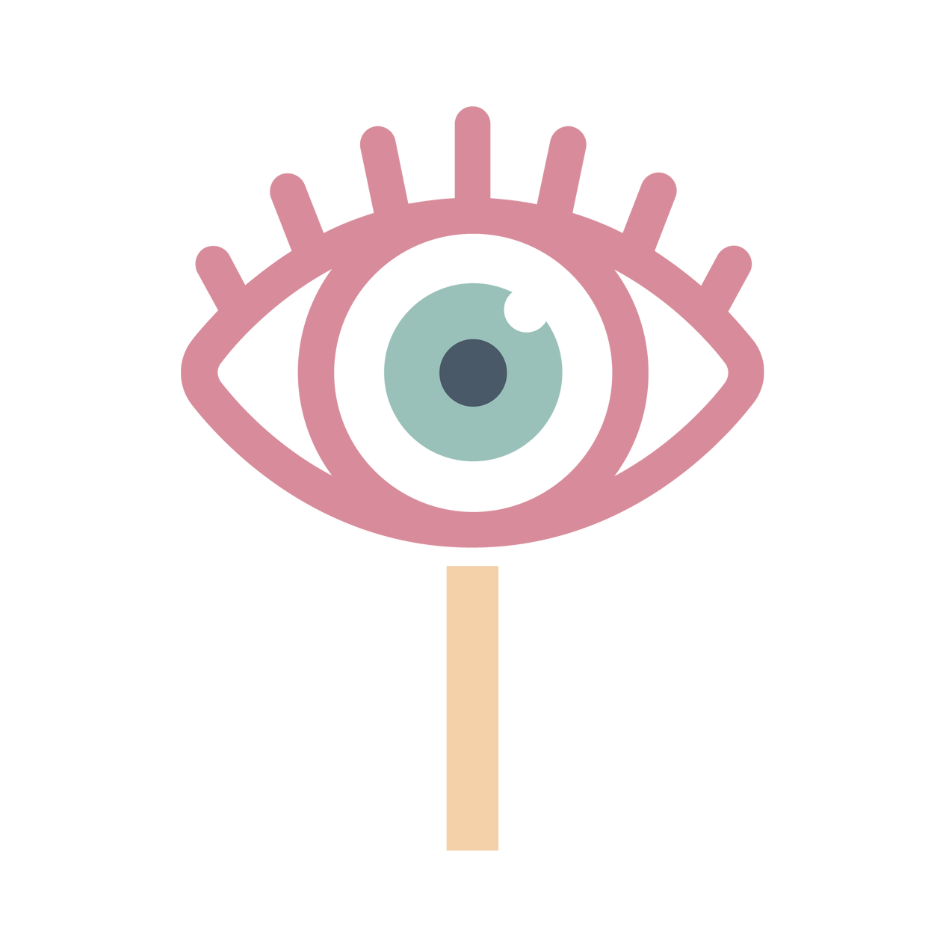Navigating the Challenges of Age-Related Macular Degeneration
Age-Related Macular Degeneration (AMD) is a leading cause of vision loss in older adults, affecting the macula, the central part of the retina responsible for sharp, straight-ahead vision. Understanding AMD is crucial for early detection and effective management.
What is AMD?
It's a condition that causes deterioration of the macula, leading to a loss of central vision.
Prevalence
Primarily affects people over the age of 50, hence the term 'age-related'.
Types of AMD
Age-Related Macular Degeneration (AMD) is a complex eye condition with two primary types, each affecting vision in distinct ways. Understanding these types is essential in recognizing symptoms, seeking appropriate treatment, and managing the condition effectively.
Dry AMD (Atrophic AMD)
Characteristics
Prevalence: Dry AMD is the most common form, accounting for approximately 80-90% of AMD cases.
Progression: It typically progresses slowly over several years.
Pathophysiology
Drusen Formation: Small, yellowish deposits called drusen develop beneath the retina, signaling the early stage of Dry AMD.
Atrophy of Retinal Cells: Gradual thinning and deterioration of the macular cells leading to vision loss.
Symptoms
Blurred Vision: Initially mild, it can progress to significant vision loss, especially in advanced stages.
Difficulty in Reading or Recognizing Faces: Central vision loss makes these tasks challenging.
Stages
Early Stage: Characterized by small drusen and minimal vision impairment.
Intermediate Stage: Larger drusen and some noticeable vision loss.
Advanced Stage: Significant loss of central vision.
Wet AMD (Exudative AMD)
Characteristics
Rapid Onset: Wet AMD can develop quickly and lead to more serious vision loss compared to Dry AMD.
Less Common: Represents about 10-20% of AMD cases but is responsible for a majority of severe vision loss from the disease.
Pathophysiology
Abnormal Blood Vessel Growth: Blood vessels grow under the retina and leak blood and fluid, leading to damage of the macula.
Choroidal Neovascularization: This process marks the transition from Dry to Wet AMD in some cases.
Symptoms
Distorted Vision: Straight lines appear wavy or bent.
Dark Spots in Central Vision: Due to bleeding and fluid leakage under the retina.
Rapid Worsening of Vision: Typically occurs over weeks or months.
Treatment
Anti-VEGF Injections: Medications injected into the eye to slow down the growth of new blood vessels and reduce fluid leakage.
Laser Therapy: Used in some cases to destroy actively leaking vessels.
Prevention and Early Detection of Age-Related Macular Degeneration
While there is currently no cure for Age-Related Macular Degeneration (AMD), understanding the importance of prevention and early detection strategies can significantly help in managing this condition. Here's a detailed look at how to reduce risk and detect AMD in its early stages.
Prevention Strategies
Prevention of AMD involves addressing risk factors and adopting a healthy lifestyle.
Diet and Nutrition
Antioxidants
Consuming foods rich in antioxidants, such as leafy green vegetables and fish high in omega-3 fatty acids, can support eye health.
Supplements
Certain vitamin and mineral supplements, especially formulations containing lutein and zeaxanthin, may reduce the risk of progression in people with a high risk of AMD.
Lifestyle Modifications
Smoking Cessation
Smoking is a significant risk factor for AMD; quitting smoking can lower this risk.
Exercise
Regular physical activity may reduce the risk of AMD.
UV Protection
Wearing sunglasses to protect eyes from harmful UV rays can be beneficial.
Managing Overall Health
Blood Pressure and Cholesterol
High blood pressure and elevated cholesterol levels can have adverse effects on the blood vessels in the eye. Keeping blood pressure and cholesterol levels in check can help reduce the risk of AMD.
Regular Health Check-ups
Conditions like diabetes and cardiovascular diseases can impact eye health. Poor systemic health can accelerate the progression of AMD. Regular consultations with healthcare providers for overall health monitoring, including blood sugar levels and heart health assessments, are essential. This holistic approach to health can contribute to better management of AMD risk factors.
Regular Eye Examinations
Regular eye exams, including a check for the presence of drusen and changes in the retina, are critical, especially for individuals over 50. One type is the dilated eye exam, which allows the eye doctor to view more of the retina and detect early signs of AMD.
Self-Monitoring- Amsler Grid
An Amsler Grid is a simple and effective tool for monitoring changes in vision. Any new distortion or blurring on the grid should prompt an immediate consultation with an eye care professional.
Awareness of Symptoms
Recognizing Changes
Being aware of early symptoms such as slight blurring of vision, difficulty in reading, or seeing distorted lines and reporting these to an eye doctor.
The Importance of Early Intervention
Early detection of AMD allows for earlier intervention, which can slow down the progression of the disease and preserve vision. This is particularly important in Wet AMD, where rapid treatment can make a significant difference in outcomes.
Living with AMD
Low Vision Aids
Magnifiers and Special Glasses
Handheld or Stand Magnifiers: Useful for reading and detailed tasks, magnifiers can enlarge small print and objects.
Special Glasses: Glasses with high-powered lenses or electronic systems can magnify and enhance vision, aiding in daily activities like reading and recognizing faces.
Telescopic Lenses: These can be mounted on glasses to assist with distant vision, such as watching TV or recognizing street signs.
Vision Rehabilitation
Maximizing Remaining Vision
Adaptive Techniques: Learning new ways to utilize peripheral vision and other remaining vision can help in navigating daily life.
Training and Resources: Occupational therapists or low vision specialists can provide training in adaptive techniques and the use of low vision aids.
Home Modifications: Making changes in lighting, contrast, and organization at home can help make daily tasks easier and safer.
Technology and Apps
Assistive Technology: Screen readers, text-to-speech software, and magnification programs for computers and smartphones.
Mobile Apps: Apps designed for low vision users can assist with tasks like reading, identifying objects, and navigation.
Support and Resources
Counseling
Emotional Impact: Coming to terms with a diagnosis of AMD can be emotionally challenging. Professional counseling can help in coping with feelings of loss, frustration, or depression.
Family Involvement: Including family members in counseling sessions can be beneficial, helping them understand and support the individual’s needs.
Support Groups
Peer Support: Connecting with others who have AMD can provide emotional support, practical tips, and a sense of community.
Local and Online Groups: Many organizations offer local support groups, while online forums provide a platform for connecting with others globally.
Educational Resources
Informational Material: Access to educational resources about AMD can empower individuals to understand their condition better and stay informed about new treatments and research.
Conclusion
While there is no cure for AMD, understanding the condition, early detection, and appropriate management can help maintain quality of life and independence. By combining lifestyle modifications, regular eye examinations, and being vigilant about changes in vision, individuals can take proactive steps in managing their risk and catching AMD in its earliest stages.

